Ken Birker discusses the new Vinbana dairy building as employee Danisha Plasden cleans a floor.
Kayla Connor prepares to milk some of the Vinbana Dairy's cows a few days after the facility opened.
Ken Birker remembers Number 27.
It was a spotted cow he met several decades ago.
"I think I have a photo of it somewhere," Ken said a few days ago, as he talked about the history of the milking operation he recently renamed "Vinbana Dairy."
The building that made the news burned down last November had first opened in 1974. Ken and his brother Bob, along with their late father, Chuck, celebrated the opening of that building with an open house in October of that month.
"We had people from several countries who came," Ken recalls.
Now, on the first day of October, 2017, another open house will take place, and Ken and Bob, and their descendants and employees celebrate the re-opening of the facility.
The story of Birker, Inc., and Vinbana goes back more than 60 years before the 1974 open house, when Chuck's dad, Matt purchased his first Holstein. It was 1912.
A year later, Charles "Chuck" was born. He grew up on the farm and eventually became President of Birker, Inc. He farmed until his death in 2003, at age 90.
Like their father, Ken and Bob grew up on that farm and were milking cows and doing other chores from a very young age.
Mason Corkery uses a computer system to monitor the calf-feeding operation.
"We number all of our cows in order," Ken says, explaining how long he has been working on the family dairy farm. "We are now at more than 4,900. I remember Cow No. 27."
Ken had spent some time away from the farm, teaching high school agriculture in another part of Iowa. But he returned to the farm, located as the name he would later create indicates, between Vinton and Urbana. He rejoined Chuck and Bob, and in 1974 -- the same year the first of the 4th generation of Birker farmers was born -- they built a new milking parlor with all of the most modern equipment.
That first open house was a two-day event, on a weekend in October of 1974. The dairy companies that purchased their milk were working with other businesses from other nations; some of those representatives from other countries joined the locals at the event.
Looking at the flier from the first open house, Jeff Birker, one of those 4th-generation farmers and the Birker in charge of keeping the cows fed, observed that the exterior of milking parlor seemed similar to the one he worked for years at until the fire. But inside, Ken explains, the parlor had been remodeled from a herringbone-style to a double-parallel style in the 1990s, and a front entrance area was added.
An electrical problem of some sort caused the Nov. 27 fire that destroyed the entire parlor. The first order of business was evacuating the cows from the building, and finding a place to keep the 250 cows fed and milked. That effort lasted well into the night and the next morning, as Birker family members, employees and friends, aided by neighbors and other farmers who donated trucks or trailers to help with the move.
The cows were housed at the dairies in Independence until a permanent location could be found.
Fortunatetly, nobody was hurt, the cows were safe, and there were farms a county north where the cows could stay until more permanent housing for them was found throughout eastern Iowa, even as far away as Clinton.
Yet, it was an awful day for those who had worked there for so many years, and those who have been
"It was devastating," saidPaige O'Dell, one of the workers who helped after the flames began spreading.
Mason Corkery, who runs the new calf-feeding operation (which was under construction already, at a nearby site but away from the milking parlor), said he recalls the phone call he received alerting him of the fire, and the look he said his girlfriend saw on his face.
The next decision the family had to make was rebuilding. And after 105 years in the dairy business, it was never a question of "if" but "how." The Birkers began planning on Nov. 28 to rebuild.
The new building is fully functional, and the Vinbana crews are now milking three times per day. And like its predecessor, it has all of the latest in efficient technologies designed to make milking as quick and cost-effective as possible. The new operation includes two rows of 12 milking machines, but has the capacity to expand to 16 machines on each side. A milk truck comes every other day to haul it to area dairy producing plants.
Employees say they enjoy working in the large, bright facility that is also easier to keep clean.
Separate from the milking parlor is a calf-feeding barn, a new building that was underway before the fire. This highly-automated facility relies on computer chips placed in each calf's ear tags, and a computerized mixing machine that prepares an exact amount of milk replacer for every feeding. The system is set up so the calf manager can see a constantly-updated report on which calves have eaten, and how much each has eaten. A calf that tries to eat more than the pre-determined amount will find it useless to return to the feeding station. Corkery explained how the computer documents how often and how much each calf eats, as well as how long each calf remains at the feeding station. This allows for quick diagnosis of possible problems or changes in feeding patterns.
Ken says he believes many other farmers will be interested in seeing the calf barn, with is unique modern system.
These two photos show the 1974 flier that announced the open house at Birker, Inc.
The Vinbana open house is set for 2-5 p.m. on Sunday. The event will include tours of the facility, and a chance to see up-close the cows and milking operation. Refreshments will include milk and cookies, according to the flier the family has prepared, although Ken says some other dairy products are likely to be included.
Another change from the first open house in 1974 to this one in 2017 that is apparent for those looking at the 43-year-old invitation: Street names.
This year's event takes place at 5541 27th Avenue Drive, Vinton. While the 1974 event took place at the exact location, it was before 911 systems and the naming of every rural road. The directions for the event that year included the following: Seven miles northeast of Vinton on Highway 101, to Prairie Creek Church, south 1/2 mile, or 3 1/2 miles west of Urbana to the church.
The milking operation will also be available for field trips/tours for 4-H clubs, school classrooms and others, by contacting the owners.See the Vinbana Facebook page, with more recent history of its rebuilding, HERE.
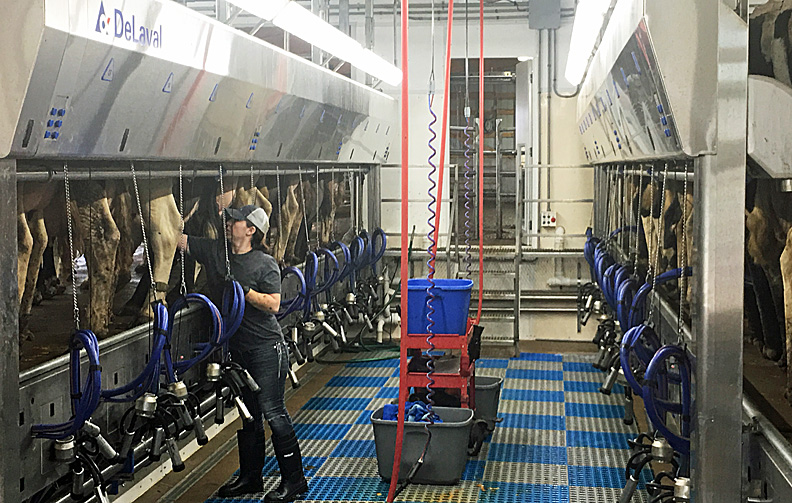
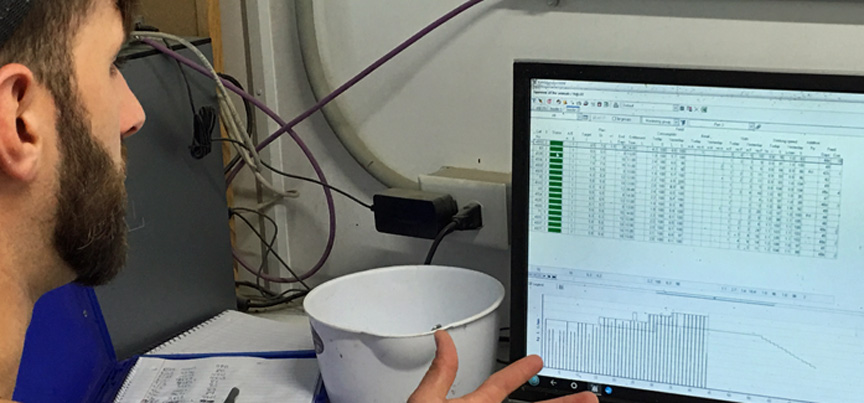
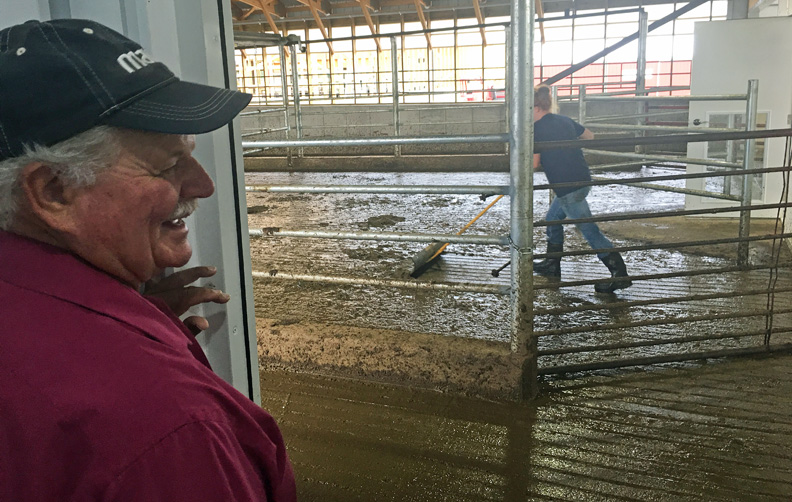
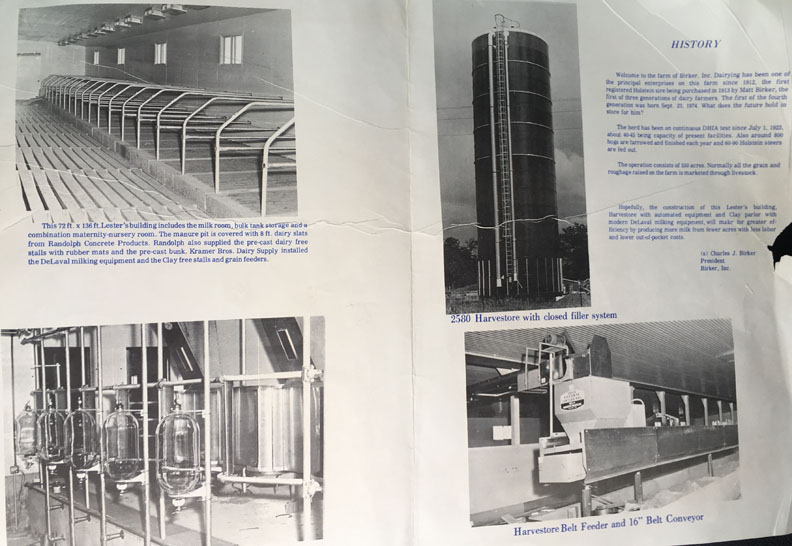
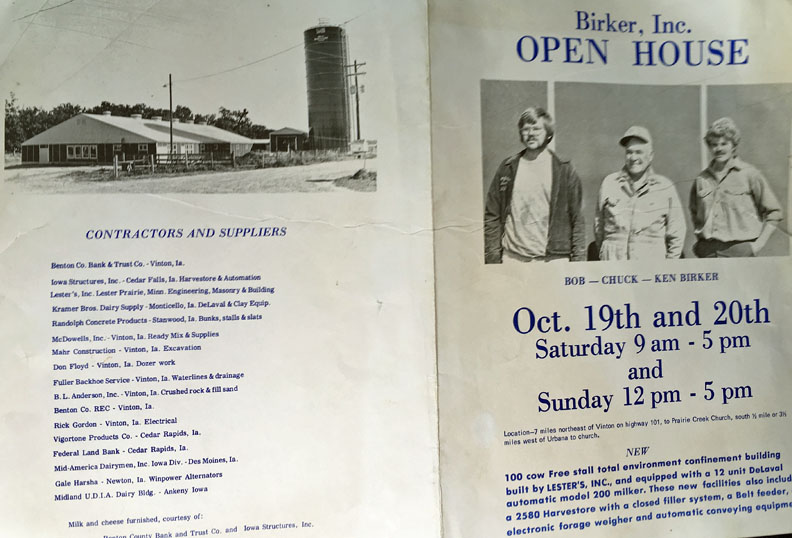
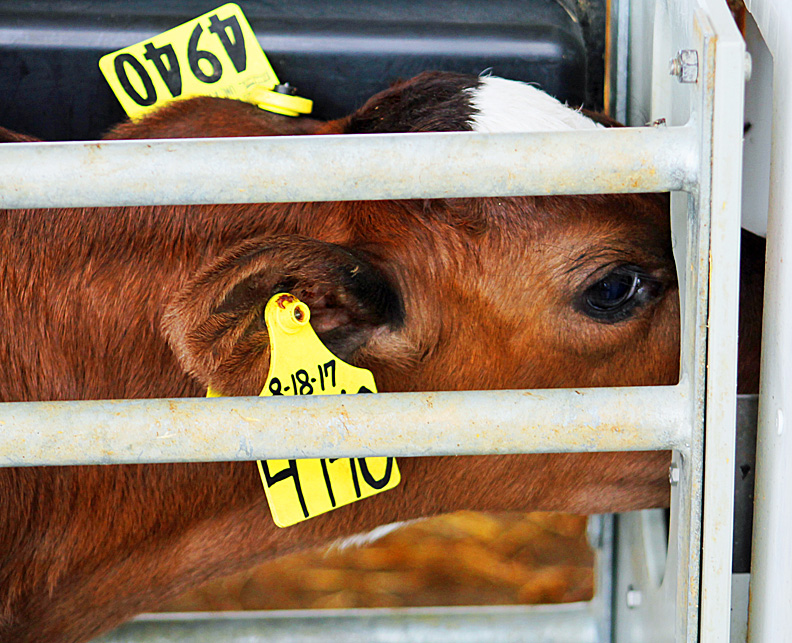
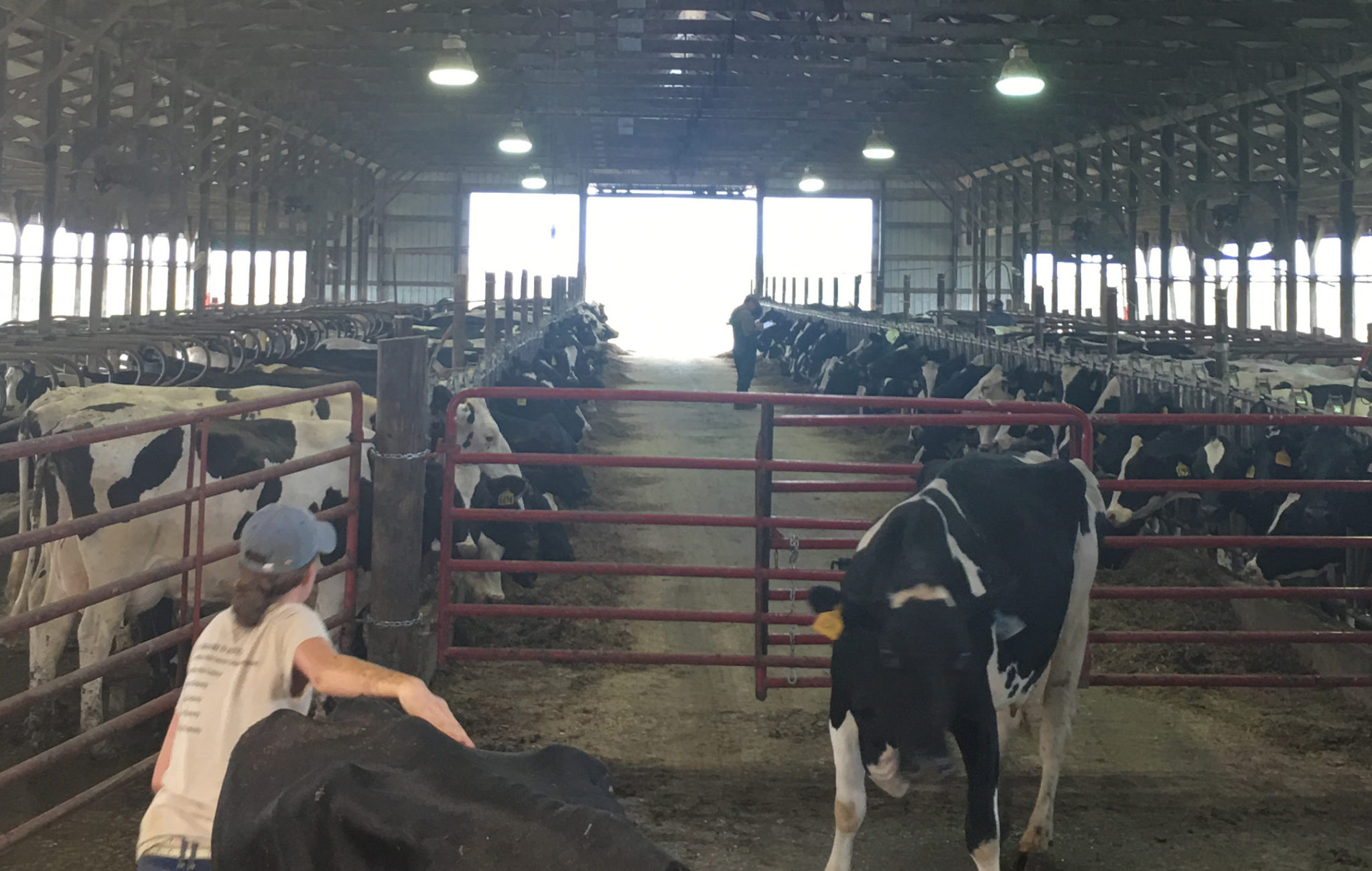
Comments
Submit a CommentPlease refresh the page to leave Comment.
Still seeing this message? Press Ctrl + F5 to do a "Hard Refresh".